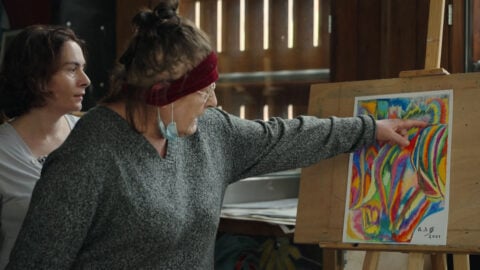By Nicolas Rapold in the March-April 2017 Issue
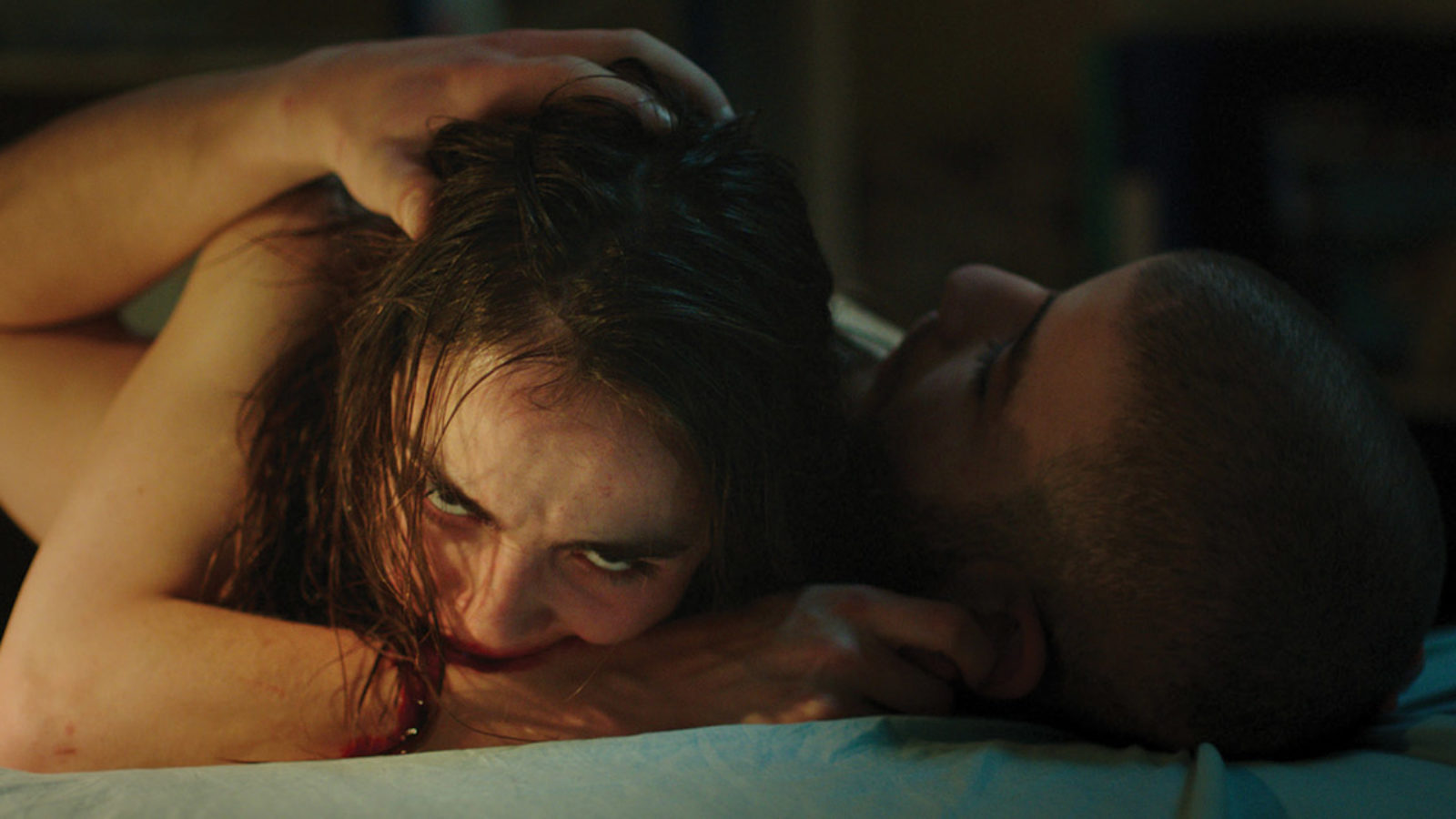
Pleasures of the Flesh
An interview with Julia Ducournau
In Julia Ducournau’s debut feature Raw, a veterinary school student discovers a new taste for the company (and the meat) of others, and finds a strange new bond with her sister (also a student). Interest piqued after seeing the film last year at Cannes, Nicolas Rapold spoke with Ducournau about camerawork, hazing, the Dardennes, and more, at the North American premiere in the Toronto Film Festival.
When horrific things start happening in the film, we don’t know how far you’re going to take it, because you’ve established a sense of realism.
I like to watch and make genre films that blossom from reality, from a place you don’t expect. I like to transform trivial things into strange things. It’s really unsettling when you think you know your body and all of a sudden it starts erupting. Like Justine’s gigantic rash [in the film]: you know you have to scratch, everyone scratches. The act itself is super mundane, but when you show her scratching way too much, it starts to be painful and super strange.
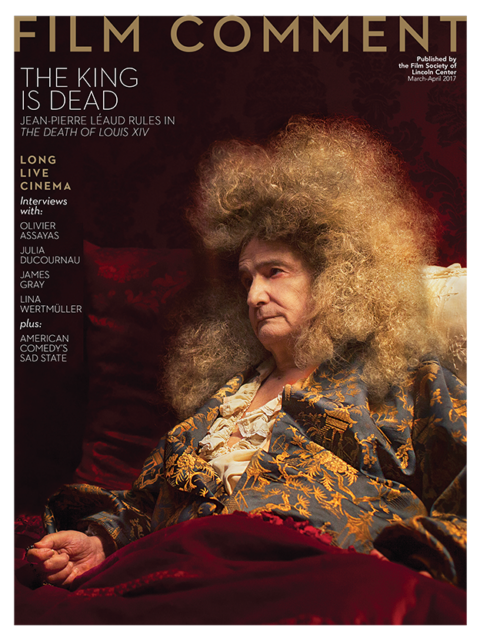
From the March-April 2017 Issue
Also in this issue
You also develop Justine’s appearance subtly over the course of the film.
There is an evolution in the makeup, of course, because she’s not sleeping as well as she used to. She starts eating flesh, too, so she has dark rings, and her complexion becomes white; there is an evolution in her physical health. And Garance has a very round face; she looks like a baby. The idea with the makeup was to have her look tired but also to make her grow up. She had to look like a young woman by the end of the movie.
What was the inspiration for the school hazing idea?
My relationship to hazing is weird, because I’ve been involved in it as a hazer, but I wasn’t really aware of what I was doing. I was very young, 12, 13. And then I questioned myself about this later on. I’m always very puzzled by mass movements, you know?
They’re a kind of popular magic.
Yeah, I think it’s dark magic. It’s really scary. So the fact that I took part in it makes me question myself. I also heard stories about hazing, because my parents are doctors and there is a lot of hazing in med school. But I chose hazing not because of memories, but because of society and the idea that we still have to fit in a box today. It hurts me profoundly. I don’t think it’s fair to everyone, and I wanted the cannibalism to become a punk gesture against this patriarchy, against the establishment that is hazing, and against the sheep-like movement of everyone doing the same thing.
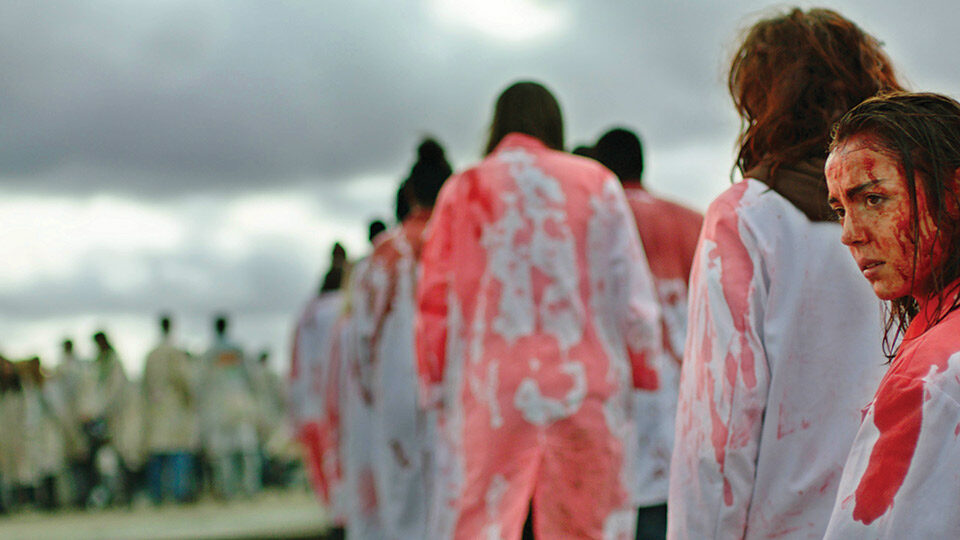
The cannibalism functioned in a couple of ways for me. It’s partly that Justine’s able to rebel and show her total resistance by destroying all norms that are forced upon her. But it also felt like when you have too many hamsters in a cage, and they start eating each other.
[Laughs] I never thought of it like that. Well, that would have made a great movie as well. I focused on the fact that these two sisters were really unique, and for me it’s like two people dressed in red recognizing each other in a blue sea. “Oh, you’re in red as well. What the fuck? I thought that I knew you but I didn’t.”
It’s a common struggle, having that trailblazing older sibling… What made you choose Garance for the lead?
I’ve been working with her since she was 12. She’s in all of my movies [Raw; Mange, 2012; short Junior, 2011], so she’s really like my muse. I see her almost like a little sister. She is an amazing actress. She has a sense of the right note, you know. That was already incredible when she was 12, and now she’s 18. We have our own language. Sometimes I tell her words that are insignificant for anyone else, but she knows what I mean. If I say something like “symphony,” she knows what to do. “You just got the note. Now you make me a symphony.”
And how did you find the actress who plays her sister?
I saw her in the 2014 Swiss-German movie Chrieg [War]. Ella is amazing in it because she plays the only girl in a group of skinheads. Her head is shaved and she dresses and talks like a guy to the point that the first time I saw the movie I didn’t even notice her. I called my producer and told him, “I didn’t see any girl in this movie.”
Where did you find the school you shot in?
We shot most of the time in the same school in Liège, Belgium. What I really needed was an American campus. We don’t have this kind of school in France, or if we do, they are not vet schools. I also wanted ’70s architecture, with blocks of concrete and weird shapes, angles, and perspectives, like the architects were on acid or something when they built it. When I was writing the script, I was at a festival in Belgium talking about locations with my Belgian co-producer, about how we couldn’t find anything in France that was right. Completely randomly, I also talked to a guy who came over to our table, and he goes: “Yeah, I have this in my city.” And he takes his computer and shows us the campus, and I’m like: “Yeah, that’s exactly what I have in mind.” It was creepy. Pure chance.
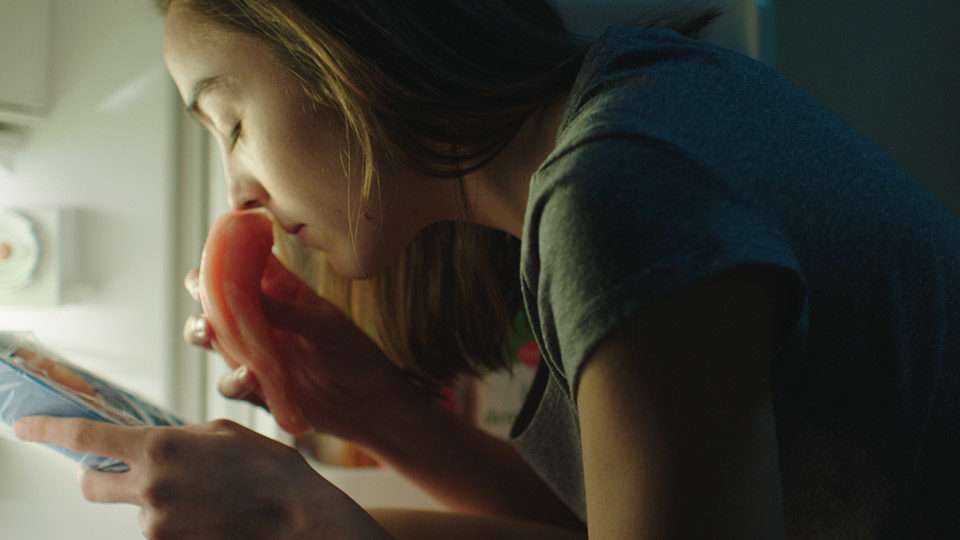
What was your vision for the film’s look?
I’m going to try to describe the kind of cryptic thing that my DP [Ruben Impens] gets but no one else does. Talking about light: I wanted to work with cold and warm in the same shot. I really like that. For me, it’s like the warmth of the sun coming from the outside to the inside: you have the warmth of the sun and the white light of the room. Another thing was the body: I open up bodies in my movie, and people ingest bodies as well. There is puke, hair, stuff like that. My general philosophy was to play on inside/out. And I really tried to make it coherent across every department. In terms of the art direction, for example, at one point it’s very messy in the [dorm] bedrooms, and when things are messy, it makes me think of the inside of the body. Like organs—they are a big mess, you know. And I like when you really see the skin. I don’t like things that are soft. I hate [photographer] David Hamilton. I mean, it’s his signature, but it’s really tired. For me, when you see skin, you have to see the dark circles, the sweat, the pores, the eyes, the tears—you want to see all that. The hair—definitely the hair. So we used certain lenses that allowed us to capture the grittiness of it.
There are four things that I worked on in terms of the camerawork. I tried to do something coherent with the tracking forward: in significant spots in the movie, you’ll see a track forward and that means something. I also used slo-mo, which for me is like a dive into the mass subconscious. And shot/reverse shot—for example, when the students play soccer in the field. Justine’s roommate’s field [of vision] is completely in motion and super hectic, captured using a handheld camera. And hers is super still. And in the contrast between this shot and the reverse shot, you know she’s death and he’s life. And [finally], direct eye contact with camera: Justine looks right into the camera four times during the movie.
That’s another way in which she’s breaking the rules. You’re not supposed to stare at someone. And you’re not supposed to stare at the audience.
But she looks at the audience like they’re accomplices. It’s either that or she’s looking for help. And this is how the moral standards of the audience are also a bit [challenged]. For example, after the sex scene when Justine bites herself and then looks right into the camera, it’s like: “Do you still like me now?” And you do still like her. But then what are you? It makes you question yourself.
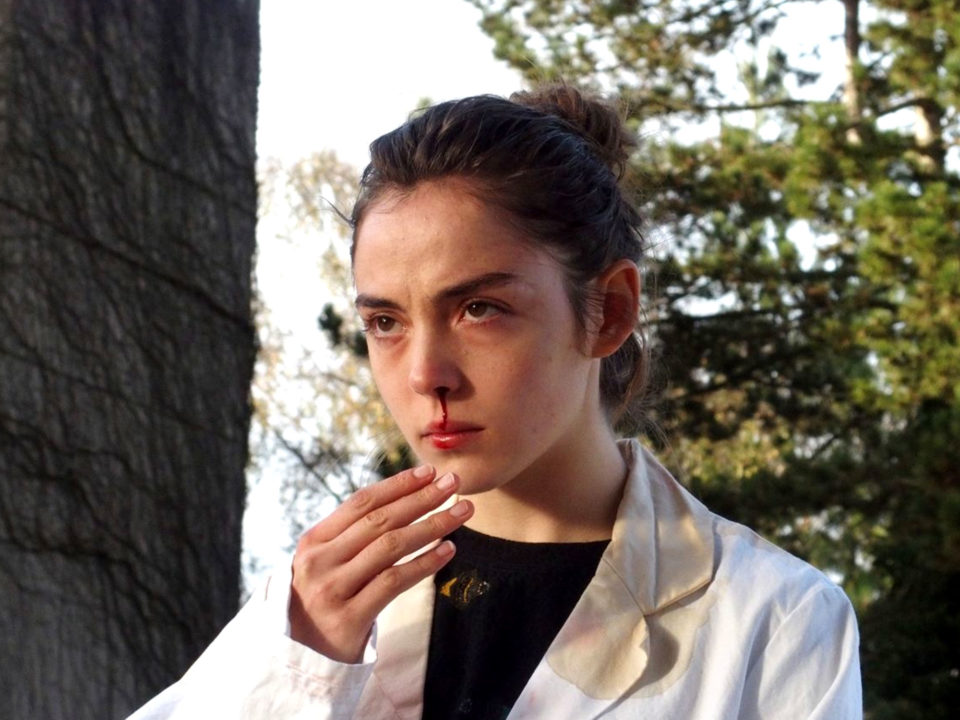
There’s also the look of “Aren’t you going to stop us?”
Yeah, you’re right. This is more like the look she gives the camera at the second party, before her sister takes her through a corridor that is spilling over with students, and she turns around and she almost falls. She looks into the camera as if with a cry for help: “No, please, it has to stop.”
How long did Raw take to shoot?
It was two months of prep in Liège, and two months of shooting.
The filmmakers I think of from Liège are the Dardenne Brothers.
Actually, they were shooting The Unknown Girl at the same time I was shooting Raw. It was so funny because at night when we went out for drinks, we would always find their crew in the bars.
Closer Look: Raw opens on March 10.






